May is a magical time in the garden—a period when spring fully emerges, bringing longer days, warmer temperatures, and vibrant colors. This is the perfect month to plant a variety of perennials that will thrive throughout the growing season and return year after year. Below, we explore some stunning perennial choices that will breathe life into your garden this May.
Achillea (Yarrow)
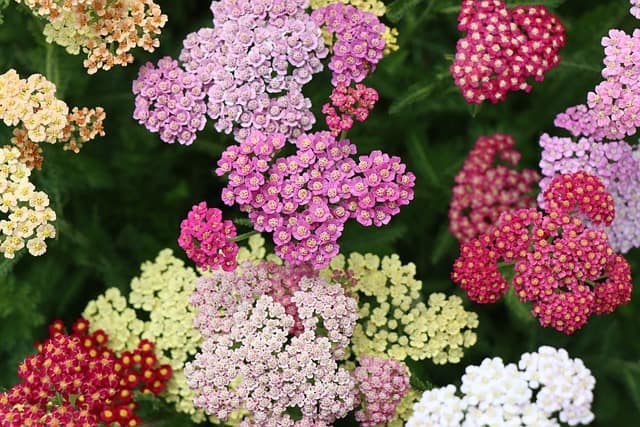
Achillea, commonly known as yarrow, is a resilient and hardy perennial that adds a burst of color to any garden. With its fern-like leaves and clusters of tiny flowers that bloom in shades of yellow, pink, and white, yarrow is not only beautiful but also brings a sense of wildness to cultivated landscapes. Ideally, yarrow thrives in full sun and well-drained soil, making it a perfect choice for drought-tolerant gardens.
Beyond its aesthetic appeal, yarrow has a rich history in herbal medicine, used by Indigenous peoples and herbalists for its anti-inflammatory properties. Planting yarrow in May will give it a head start to establish robust roots before the sweltering summer heat begins. As an added bonus, yarrow attracts beneficial insects, including pollinators like bees and butterflies, helping to create a balanced ecosystem in your garden.
Agastache (Hyssop)
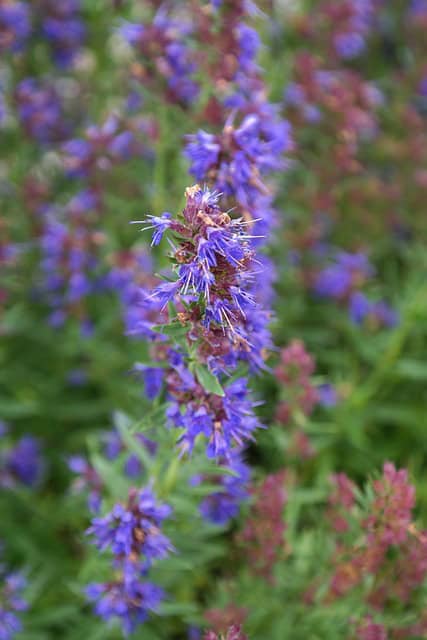
Agastache, or hyssop, is a stunning perennial that should definitely make your list for May planting. With vibrant spikes of flowers in pastel and bright hues—from purples to oranges—agastache not only adds color but also a delightful fragrance to your garden. This plant prefers full sun and well-drained soil, making it perfect for sunny borders or rock gardens.
One of the standout features of agastache is its adaptability to various soil types, including sandy and clay soils. Moreover, it’s a magnet for hummingbirds and butterflies, which makes it a fantastic choice if you’re looking to attract pollinators. Some varieties, like ‘Blue Fortune,’ are even edible and can be used for flavoring teas or as beautiful garnishes. Planting agastache in May ensures that these vibrant blooms will flourish throughout the summer months.
Asclepias (Milkweed)
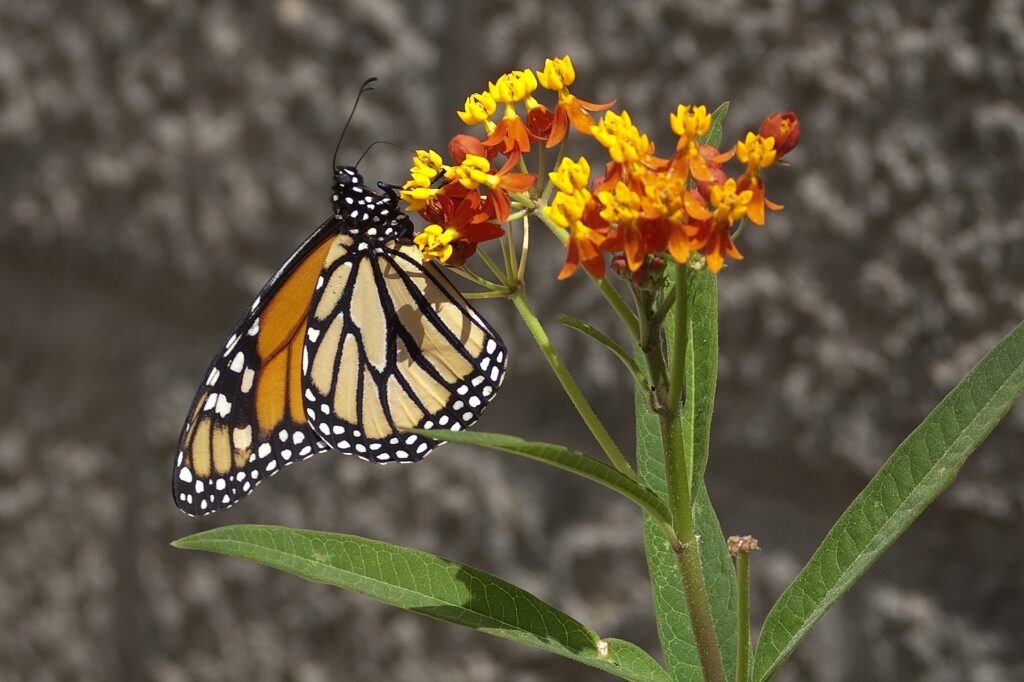
Asclepias, commonly known as milkweed, is an essential addition to any garden, particularly for those interested in supporting local wildlife. Its vibrant flowers—often seen in shades of orange, pink, and purple—not only offer beauty but also play a crucial role in the life cycle of the monarch butterfly, serving as the sole host plant for their larvae.
Choice locations for milkweed are sunny areas with well-drained soil, making them resilient even in drought conditions. Furthermore, milkweed requires little maintenance once established, allowing you to enjoy its charm without extensive care. Planting milkweed in May gives you ample time for its striking flowers to bloom by mid to late summer, providing much-needed nectar for pollinators.
Aster (New England Aster)
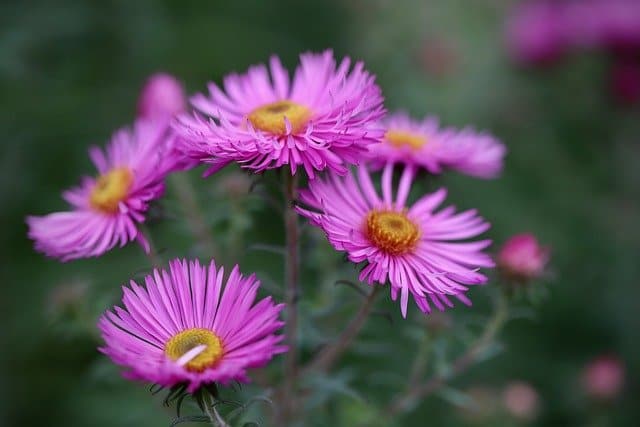
As spring begins to transition into summer, May provides the perfect opportunity to plant New England aster, known for its vibrant, daisy-like blooms. This perennial flourishes in full sun to partial shade and a variety of soil types, although it favors moist, well-drained conditions.
New England aster blossoms in shades of purple, pink, and blue, blooming in late summer and into fall. By planting this delightful flower in May, you’re guaranteed a stunning show when many other flowers have started to fade. Additionally, aster is a beloved nectar source for bees and butterflies, contributing to the biodiversity of your garden and supporting pollinator health.
Coreopsis (Tickseed)
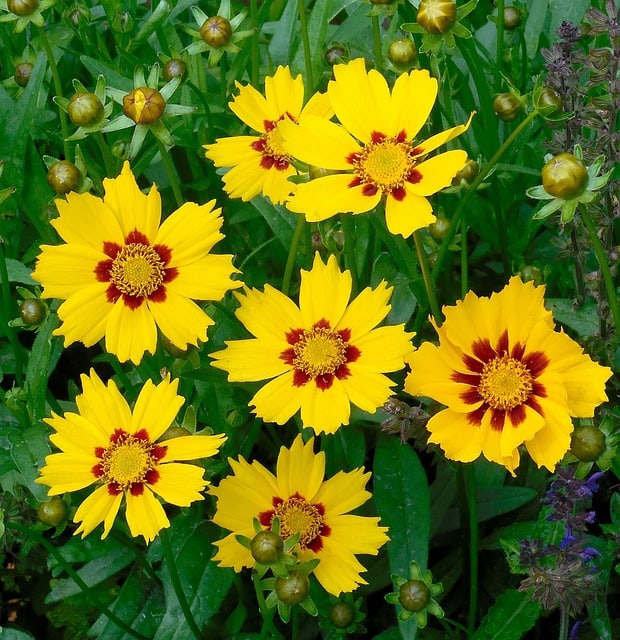
Coreopsis, or tickseed, is an extraordinary perennial that boasts bright, sunny blooms throughout the summer months. Its daisy-like yellow flowers bring cheerfulness to any garden space and are particularly suited for sunny borders or rock gardens. This plant is drought-resistant, making it ideal for gardeners looking for low-maintenance yet eye-catching plants that can withstand dry spells.
In May, planting coreopsis allows for a strong establishment period before the heat of summer kicks in. With a range of varieties, including the popular ‘Moonbeam’ and ‘Golden Showers,’ coreopsis offers diversity in height and flower color. Additionally, these flowers attract pollinators and can even provide a stunning cut flower for arrangements, making coreopsis an all-round winner for your garden.
Delphinium
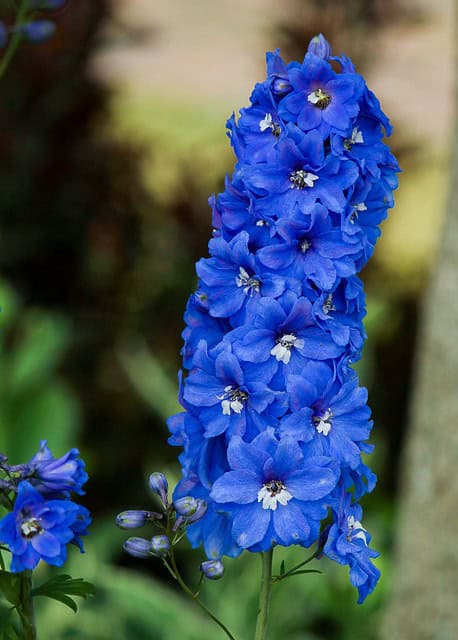
Delphiniums are known for their towering spikes of vibrant flowers that can dominate the garden landscape, ranging from electric blues to soft pastels. These perennials can create a striking backdrop in any flower bed, adding drama to your garden. Ideal for planting in May, delphiniums prefer cooler temperatures to establish roots before the warmer months.
While delphiniums appreciate full sun and well-drained soil, their vertical growth habit can also provide structure to mixed perennial borders. Although they may require staking for support due to their height, the effort is well rewarded with stunning summer blooms. It’s essential to keep their roots cool and moist, so an application of mulch can be beneficial. With the right care, delphiniums can bloom year after year and become the envy of your gardening friends.
Echinacea (Coneflower)
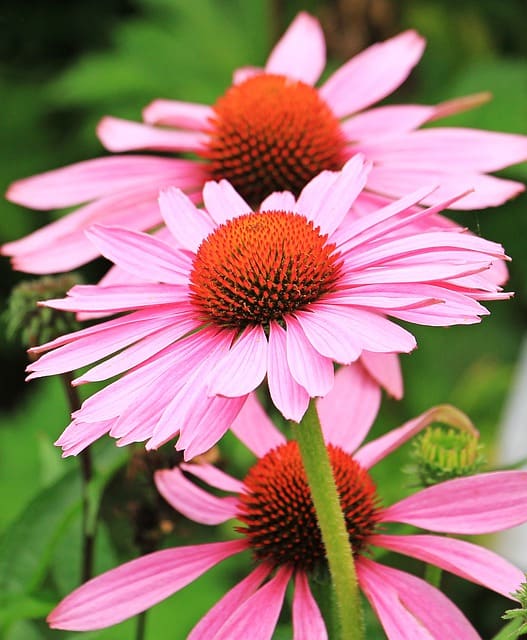
Echinacea, or coneflower, is a must-have perennial that thrives in sunny gardens and offers an array of colorful blooms. This drought-tolerant plant comes in various shades, primarily purple, but also white and orange, and is known for its distinctive center cone surrounded by petals. Not only is echinacea visually appealing, but it also has a storied history in herbal medicine for boosting the immune system.
By planting echinacea in May, you provide it with the time it needs to establish healthy root systems before summer heat. This vibrant flower is also a favorite among pollinators such as butterflies and bees, making it a valuable addition to any wildlife-friendly garden. Moreover, the seed heads of coneflowers provide food for birds in the fall, enhancing your garden’s ecological value.
Gaillardia (Blanket Flower)
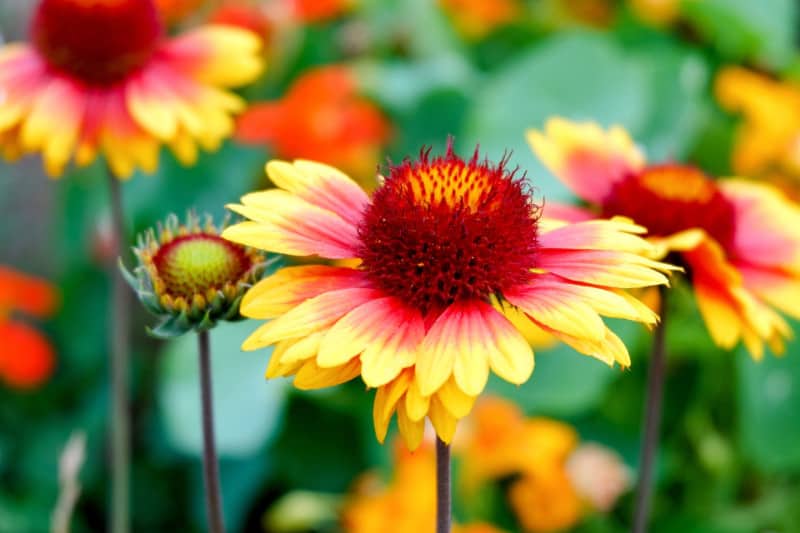
Gaillardia, or blanket flower, is another stellar choice for planting in May, offering a vibrant palette that ranges from burnt orange to deep red. The unique, daisy-like blooms are known for their ability to thrive in challenging conditions, including poor soil and drought. This makes gaillardia an excellent option for less-than-ideal garden spots or for gardeners seeking low-maintenance perennials.
These flowers bloom from early summer through fall, providing endless visual delight. In addition to their beauty, gaillardia is a strong pollinator attractor, luring in bees, butterflies, and other beneficial insects throughout the growing season. The best part? They are self-seeding, so with a little luck, you may find new plants popping up next year without any extra effort!
Hemerocallis (Daylilies)
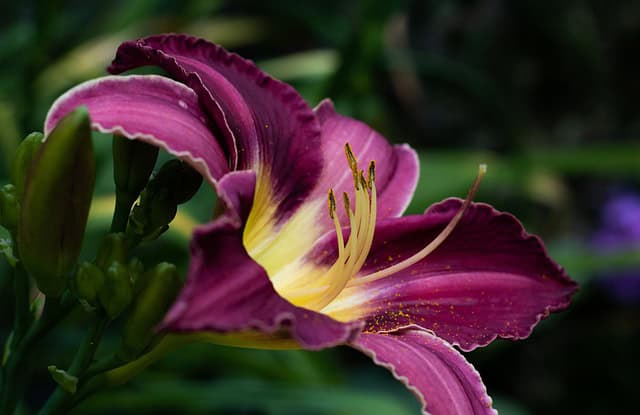
Daylilies, or Hemerocallis, are perhaps one of the most versatile and beloved perennials. They are exceptionally easy to grow and are available in an extraordinary range of colors, sizes, and bloom forms. Hemerocallis blooms for only one day, but each plant produces many bloom spikes, ensuring that your garden is abloom with color throughout the summer.
Planting daylilies in May allows them to take full advantage of warm soil and growing conditions. They prefer sunny spots but can tolerate some shade, making them adaptable to various garden layouts. Daylilies are not only stunning but also incredibly hardy, able to withstand different soil types and conditions. This resilience means they can thrive even in less-than-ideal gardening situations, making them an essential choice for any gardener.
Helenium (Sneezeweed)
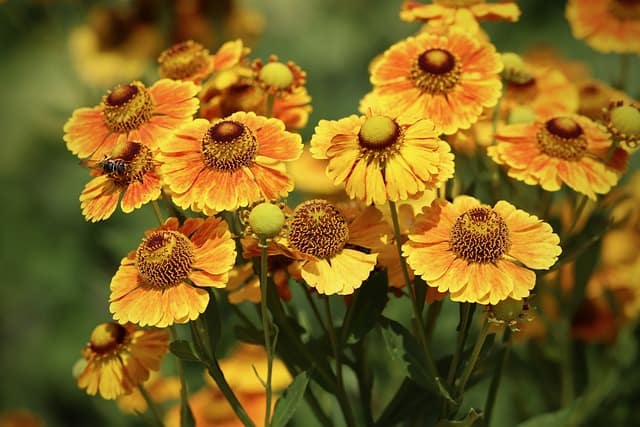
Helenium, commonly called sneezeweed, adds both charm and height to gardens, boasting bright yellow and orange flowers that resemble daisies. This perennial loves full sun and rich, moist soil, making it an ideal candidate for gardens with good drainage. Heleniums are particularly valued in garden design for their ability to bloom in late summer and early fall, filling a much-needed gap when many other plants are winding down.
By planting helenium in May, you help ensure a vigorous establishment before the summer heat sets in. These flowers are also pollinator favorites, attracting bees and butterflies, which adds liveliness to any garden space. The lively color contrasts beautifully with other perennials and can serve as a lovely addition to cut flower arrangements, as they last long in vases.
Iris germanica (Bearded Iris)
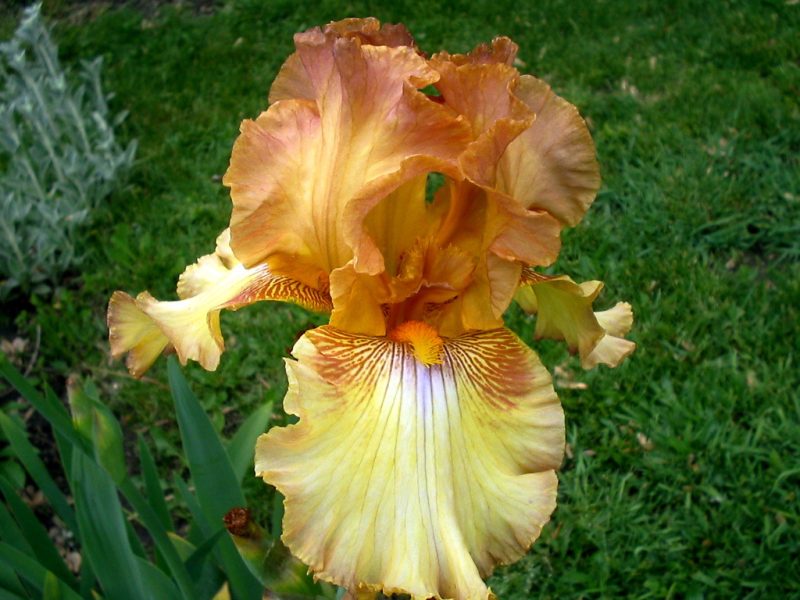
Bearded iris are renowned for their impressive blooms, often featuring intricate patterns and vibrant colors. These stunning perennials thrive in sunny spots with well-drained soil, making them a popular choice in garden borders. Planting bearded iris in May ensures that their rhizomes get a great start before the summer heat.
One of the most captivating aspects of iris is the wide variety available, ranging from deep purples and blues to softer pastels, allowing for creative combinations. Irises bloom in late spring and early summer, providing a stunning display that can delight any gardener. They are fairly low-maintenance, requiring little care once established, and can live for many years. Adding bearded iris to your garden in May gives you an early season show-stopper that will become a cherished element in your flower beds.
Kniphofia (Red Hot Poker)
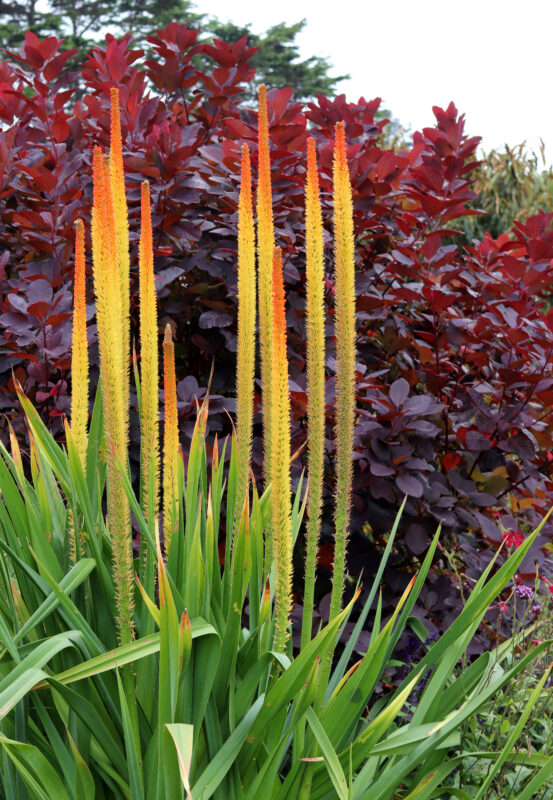
Kniphofia, commonly known as red hot poker, is a perennial that is sure to make a statement in your garden. Its tall spikes adorned with tubular flowers in shades of red, orange, and yellow create a dramatic impact and attract pollinators like hummingbirds. This plant thrives in full sun and well-drained soil and is perfect for borders or wildlife gardens.
When planted in May, red hot poker can establish a strong root system before the hot summer months. Its unique appearance and ability to bloom in the heat make it a standout perennial that can provide continuous color from summer into fall. With minimal maintenance, kniphofia is a rewarding choice for gardeners looking to add dynamic vertical elements to their planting schemes.
Lavandula angustifolia (English Lavender)
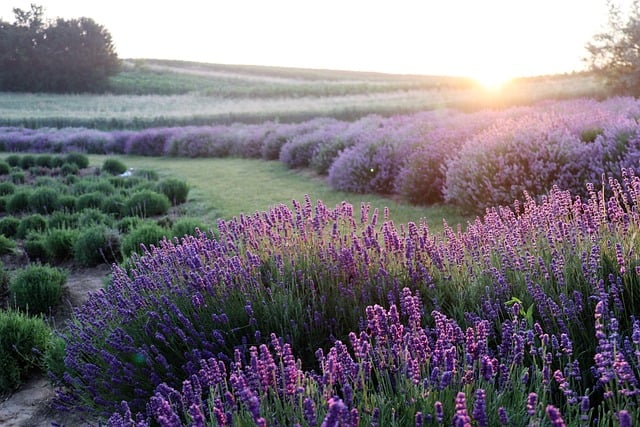
Lavender is not just a beautiful addition to your garden but also a sensory delight with its calming fragrance. Lavandula angustifolia, or English lavender, is a perennial that thrives in full sun and well-drained soil, making it perfect for sunny borders or herb gardens. Its purple-blue spikes of flowers not only invite pollinators but can also be harvested for culinary uses or dried for sachets.
By planting lavender in May, it will have ample time to establish roots before the dry summer heat sets in. Its drought-resistant nature makes it suitable for low-maintenance gardens. The long-lasting blooms and aromatic foliage contribute to both the aesthetic and sensory experiences of your garden space. In addition to its beauty, lavender also has various health benefits, making it an exceptional choice for the garden.
Leucanthemum x superbum (Shasta Daisy)
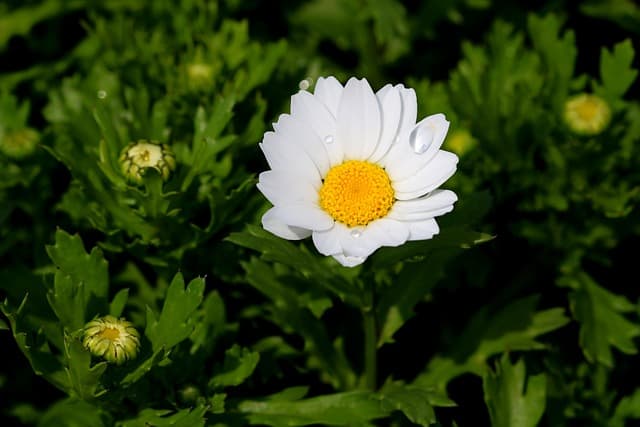
Shasta daisies are quintessential perennials that bring a classic touch to any garden. With bright white petals and sunny yellow centers, they evoke a sense of cheer and simplicity. These flowers prefer full sun and rich, well-drained soil, thriving in traditional cottage garden designs or modern landscapes alike.
Planting Shasta daisies in May will allow them to establish themselves well and provide a robust display of blooms from early summer through fall. They are relatively easy to grow and require minimal maintenance, making them accessible for beginner gardeners. Beyond their low care requirements, Shasta daisies have excellent cut flower potential, bringing the joy of your garden indoors.
Liatris (Blazing Star)
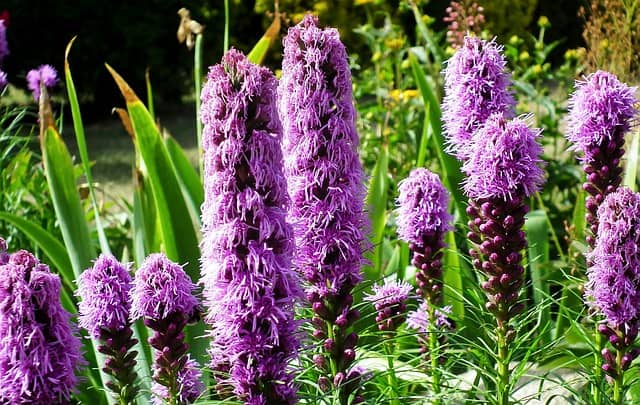
Liatris, or blazing star, is a unique perennial known for its fluffy, purple flower spikes that resemble bottle brushes. These plants thrive in full sun and are great for attracting pollinators, particularly butterflies. Liatris has a long blooming period, providing vibrant color from late summer to early fall.
By planting Liatris in May, you allow the corms to establish themselves before the blossoming season begins. They are drought-tolerant once established, making them perfect for low-water gardens. The dramatic height of Liatris makes it an excellent choice for adding vertical interest to your flower beds while making it an attractive option for naturalistic garden designs.
Lupinus (Lupine)
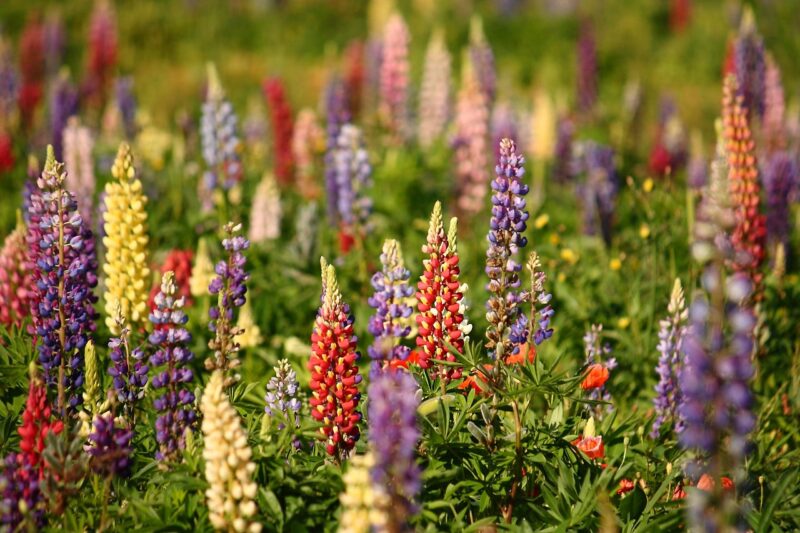
Lupines are known for their stunning vertical blooms that can light up any garden with colors ranging from rich purples to cheerful yellows. These perennials are not only beautiful but are also nitrogen-fixing, which means they improve soil quality. Planting lupines in May ensures that they have time to become established, providing a colorful display from late spring to early summer.
Lupines enjoy well-drained, slightly acidic soil, which makes them perfect for a variety of garden designs. They can be used in mixed borders or as standalone features. As they blossom, lupines attract several pollinators, creating a lively garden atmosphere. Their tall, spiky flowers also make for striking cut arrangements, allowing you to enjoy your garden beauty indoors.
Monarda (Bee Balm)
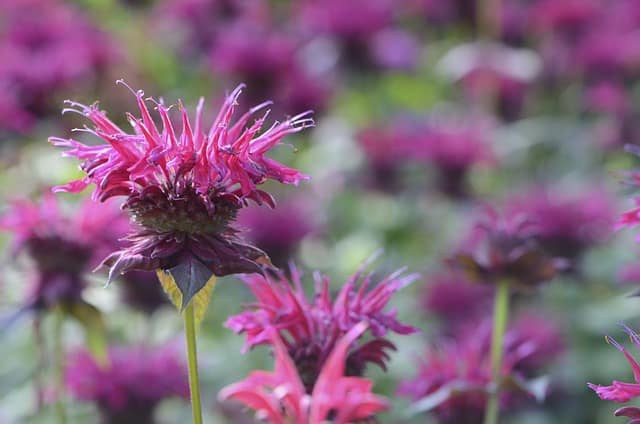
Monarda, commonly known as bee balm, is a fragrant perennial that draws hummingbirds, bees, and butterflies alike with its bright clusters of tubular blossoms. It’s perfect for wildflower gardens and those looking to support pollinator populations. Planting bee balm in May allows the young plants to settle in well before the summer heat.
This plant thrives in well-drained, moist soil and full sun to partial shade, making it versatile for various garden environments. The vibrant blooms and aromatic foliage not only enhance the beauty of your garden but can also be harvested for herbal tea or used in culinary dishes. Moreover, bee balm is known for its resilience and ability to naturalize, providing years of enjoyment with minimal effort.
Nepeta (Catmint)
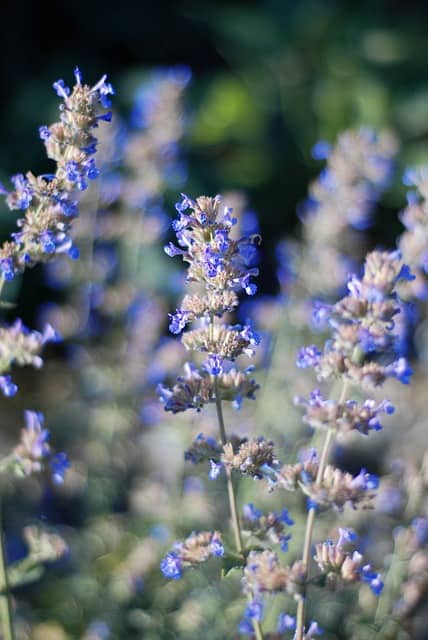
Nepeta, or catmint, is a perennial that serves multiple purposes in the garden. Its attractive blue-purple flowers draw in visitors—both human and feline! Catmint is an easy-to-grow plant that flourishes in full sun and well-drained soil and will bloom continuously throughout the summer months.
Planting catmint in May allows for a strong establishment before the summer heat. It is drought-tolerant and has a long blooming period, making it an ideal candidate for flower borders or cottage gardens. Furthermore, it releases a delightful fragrance when its leaves are brushed against, adding a sensory dimension to your garden experience. Catmint also makes a great ground cover, filling in gaps with its lush foliage and soft flower colors.
Peonies
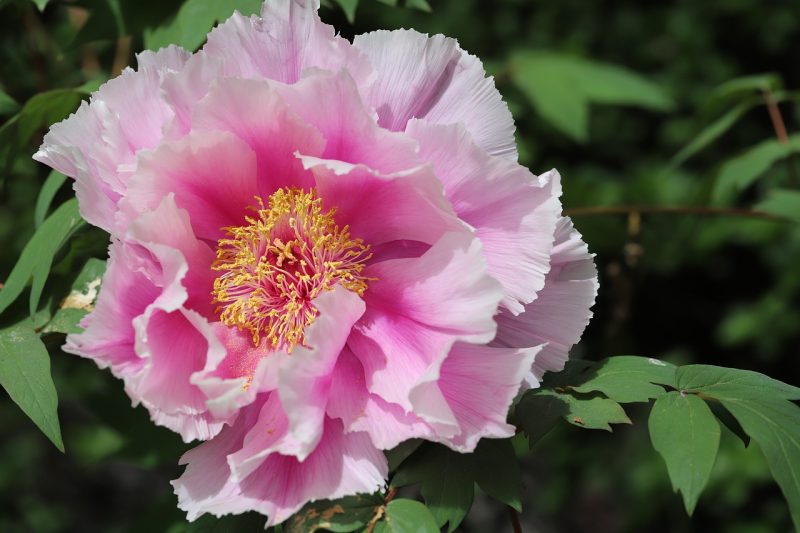
Peonies are cherished for their extravagant and fragrant blooms, which come in various colors, including white, pink, and red. These perennials, with their lush foliage and impressive flowers, often become the centerpiece of any garden. Planting peonies in May allows them to establish roots ahead of their anticipated blooms in late spring and early summer.
Though they prefer full sun, peonies can tolerate partial shade, making them adaptable to different garden layouts. It’s essential to provide good drainage for these beauties, as they do not thrive in overly wet conditions. With proper care and time, peonies can grace your garden with their striking blooms for decades, becoming a beloved staple in your landscape.
Penstemon (Beardtongue)
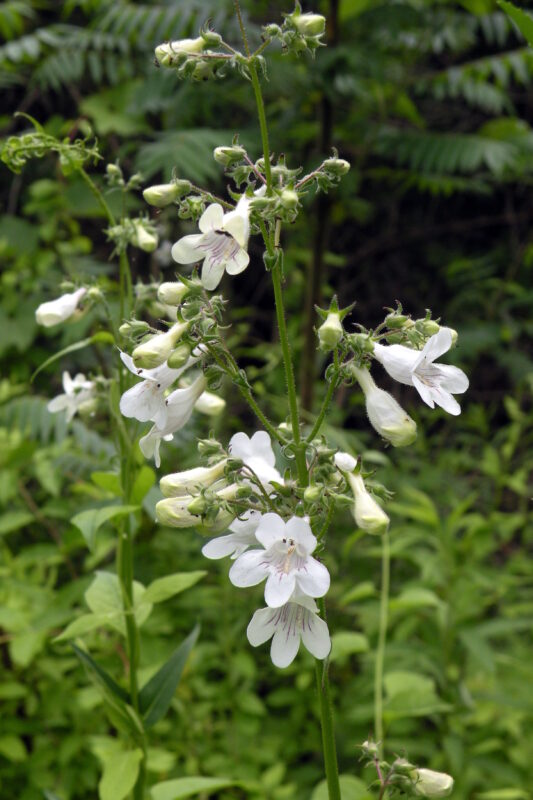
Penstemon, popularly known as beardtongue, is a perennial that boasts tubular flowers in a variety of colors, including pink, purple, red, and white. These flowers are a magnet for hummingbirds and butterflies, making them an excellent addition to pollinator-friendly gardens. Planting penstemon during May allows these beauties to establish themselves early in the growing season.
Penstemon prefers well-drained soil in full sun, making them great choices for rock gardens, borders, or as part of a perennial bed. Their remarkable resilience to drought conditions makes them a low-maintenance option for busy gardeners. With their long blooming period, typically from late spring to early fall, penstemon provides a continuous splash of color.
Salvia (Russian Sage)
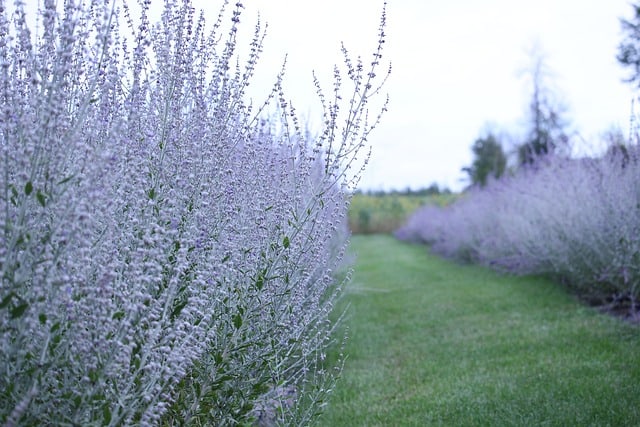
Salvia, particularly Russian sage (Salvia yangii), is a perennial that captures attention with its lush, silvery foliage and vibrant purple-blue flowers. This drought-tolerant plant thrives in sunny locations and well-drained soils, making it perfect for a variety of garden styles, notably cottage and xeriscape gardens.
Planting Russian sage in May allows it to establish before the heat of summer sets in. Its unique, aromatic foliage adds visual interest even when not in bloom, creating a striking contrast with other garden plants. Additionally, this hardy perennial attracts a plethora of pollinators, including butterflies and bees, making it a valuable component of any wildlife-friendly garden.
Rudbeckia hirta (Black-Eyed Susan)
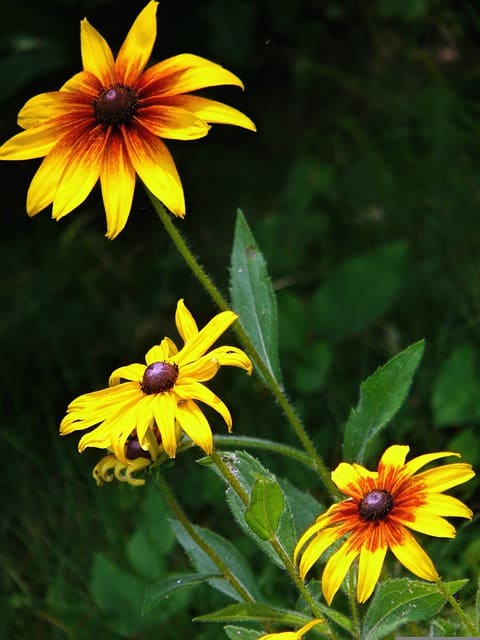
Rudbeckia hirta, commonly known as black-eyed Susan, is a classic perennial that brings a splash of cheerful yellow to any garden. With its dark center disc surrounded by golden petals, this plant is instantly recognizable and beloved by gardeners. Black-eyed Susans thrive in full sun and adapt well to various soil types.
By planting this hardy perennial in May, you position it for robust growth, allowing for an impressive display in late summer to early fall. They are relatively low-maintenance, requiring little water once established, and are excellent for attracting butterflies and other beneficial insects. Their cheerful presence can brighten up borders, meadows, or even container gardens, making them a versatile choice for many different planting schemes.
Salvia (Sage)
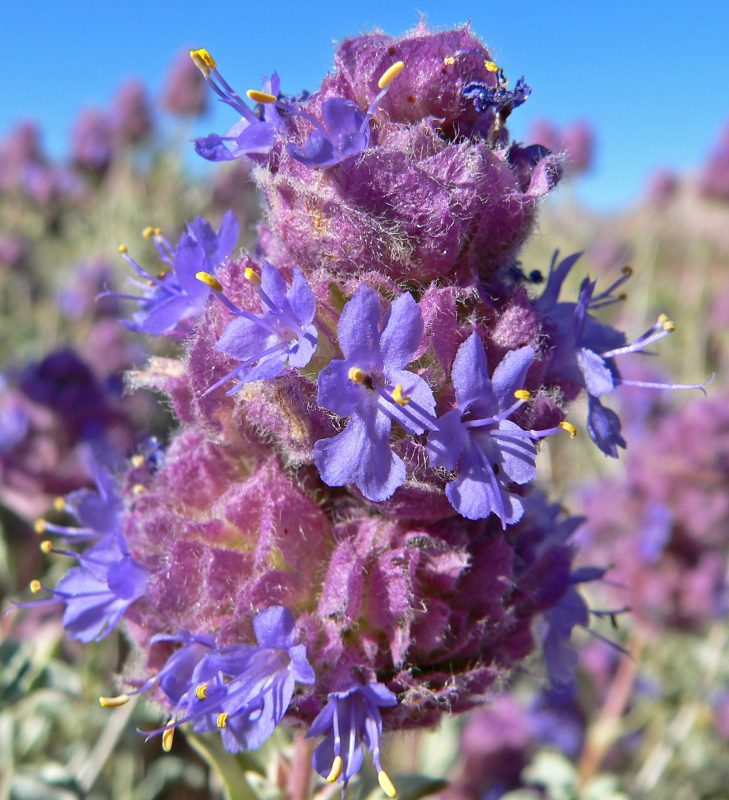
Another variant of Salvia, common sage (Salvia officinalis), is a perennial herb that is not only functional but also beautiful. Known for its lush gray-green leaves and delicate purple flowers, sage is a staple in culinary gardens but also serves as an ornamental plant. It thrives in well-drained, sunny environments.
May is an excellent time to plant sage; it will establish well before the heat of summer while providing aromatic foliage for your kitchen. In addition to being prized for its culinary uses, sage attracts pollinators, which makes it a dual-purpose plant in any garden. Its bushy, compact form also makes it suitable for edging or filling in gaps in perennial beds, offering both aesthetic and practical benefits.
Sedum (Stonecrop)
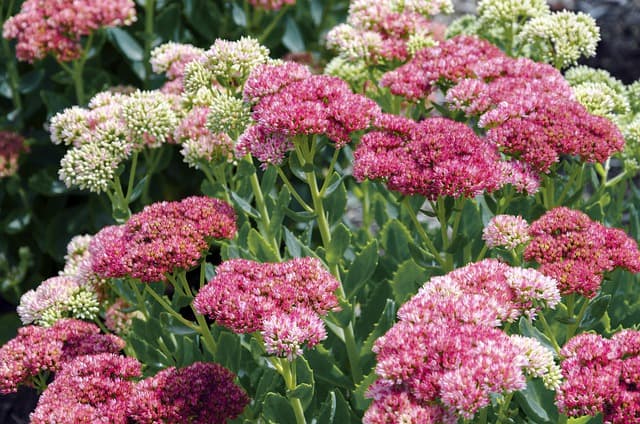
Sedum, commonly known as stonecrop, is a hardy succulent that is perfect for sunny gardens and rockeries. These drought-tolerant plants come in a diverse range of shapes, sizes, and colors, often featuring fleshy leaves and clusters of star-shaped flowers in late summer and fall.
Planting sedum in May allows it to take advantage of the warm weather for robust establishment. Its low-growing varieties are perfect as ground covers, while taller types create interesting vertical interest in borders. Sedum’s ability to thrive in poor soil and withstand dry conditions makes it a favorite for low-maintenance gardening. Not only does it provide visual interest throughout the season, but it also acts as a wonderful habitat for beneficial insects.
Solidago (Goldenrod)

Solidago, or goldenrod, is often misunderstood as a common allergenic plant, but it’s actually a beautiful perennial that blooms in a stunning display of golden flowers in late summer. Thriving in full sun and various soil conditions, goldenrod is a fantastic addition for adding late-season color.
By planting solidago in May, you give it ample time to establish its roots for the blooming extravaganza that follows the summer heat. Its rich nectar attracts a multitude of pollinators, making it a critical player in supporting beneficial insect populations in your garden. Beyond its ecological benefits, goldenrod’s bold clusters of flowers bring a wildflower charm to cultivated landscapes, perfecting their blend of beauty and utility.
Actaea simplex (Bugbane)
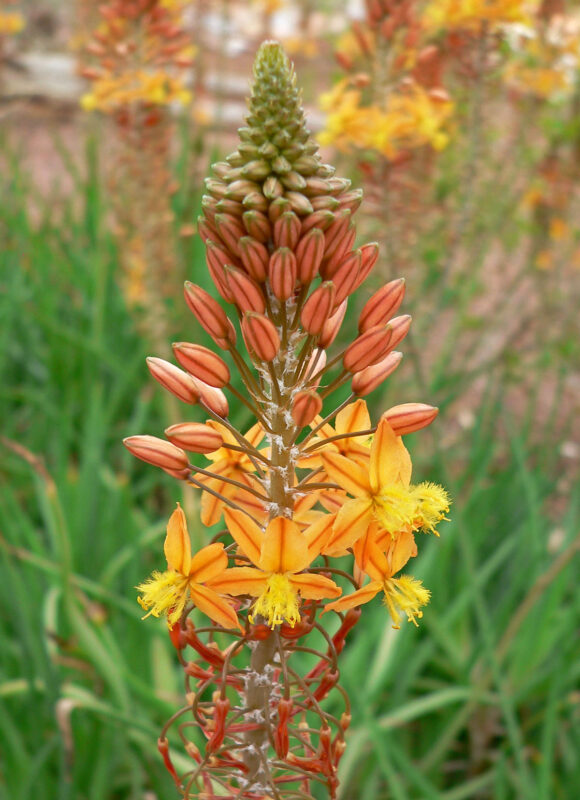
Actaea simplex, commonly known as bugbane, is a shade-loving perennial that can bring elegance and mystery into your garden. With its tall, slender flower spikes adorned with delicate white to creamy flowers, bugbane adds height and an air of grace to shadier spots in your landscape.
Planting bugbane in May allows it to become established before the heat increases. It prefers rich, moist soil in partial to full shade and can thrive in more humid conditions—a lovely choice for woodland gardens. The aromatic foliage, often compared to the smell of fresh-cooked herbs, also makes bugbane a unique addition. Its flowers attract both butterflies and beneficial insects, enhancing your garden’s biodiversity.
Aquilegia (Columbine)
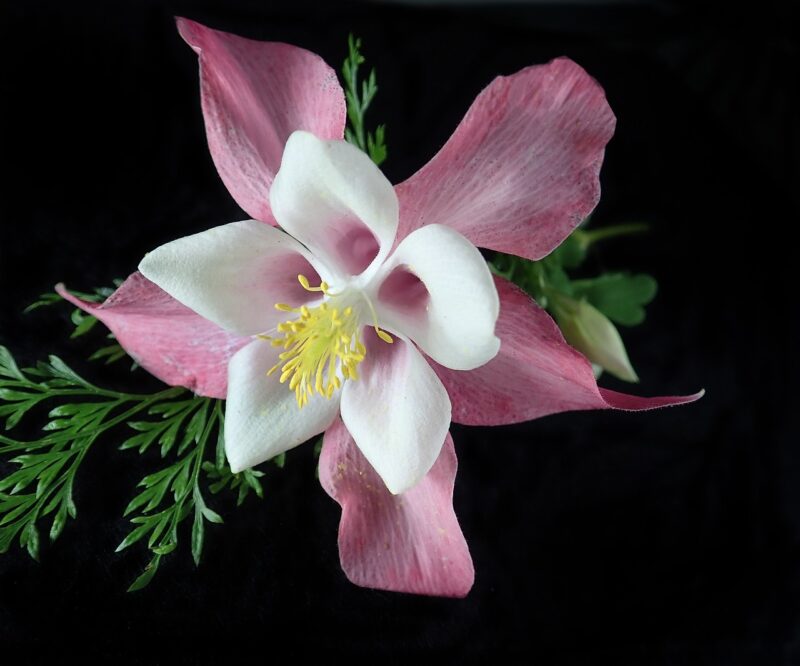
Aquilegia, or columbine, is known for its intricate, delicate blooms that sway beautifully in the breeze. The flowers come in various colors, such as blue, red, yellow, and white, often featuring unique spur shapes that are a delight to behold. Columbine thrives in partial shade to full sun and prefers well-drained soil.
May is the perfect time to plant columbine for robust growth leading into its late spring to early summer bloom period. This perennial is particularly loved by hummingbirds and butterflies, making it an excellent addition to wildlife gardens. With their enchanting shapes and graceful movement, columbines can create a lovely, naturalized look in mixed perennial borders or woodland settings.
Astilbe

Astilbe is a lush perennial that adds a soft, feathery texture to gardens. Its fluffy plumes of flowers can be white, pink, red, or lavender and are perfect for creating drama in shadier spots. Astilbe thrives in moist, well-drained soils and partial to full shade, making it ideal for woodland gardens or mixed borders.
Planting astilbe in May allows it to establish before summer, providing beautiful blooms that span the later part of spring to summer. Their attractive foliage not only pairs well with other plants, but provides striking contrast against darker greens. Additionally, the flowers are attractive to butterflies, enhancing the ecological aspect of your garden. Astilbe also makes a lovely cut flower, allowing you to bring the charm of your garden indoors.
Brunnera macrophylla (Siberian Bugloss)
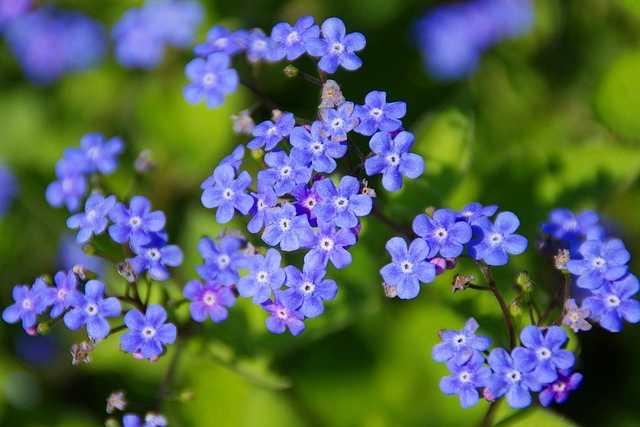
Brunnera macrophylla, or Siberian bugloss, is a stunning ground cover plant that stands out with its large, heart-shaped leaves and enchanting blue flowers. Known for its low maintenance and ability to thrive in shade, brunnera adds a soft touch to woodland settings or shadier borders.
May is an ideal time to plant brunnera, giving it the opportunity to establish before the heat of summer hits. The tiny forget-me-not-like flowers bloom in spring, creating a carpet of blue that captivates any onlooker. Siberian bugloss is also beloved by pollinators, helping to support local biodiversity. Its attractive foliage continues to provide interest throughout the growing season, making it a fabulous addition to any shady garden space.
Dicentra (Bleeding Heart)
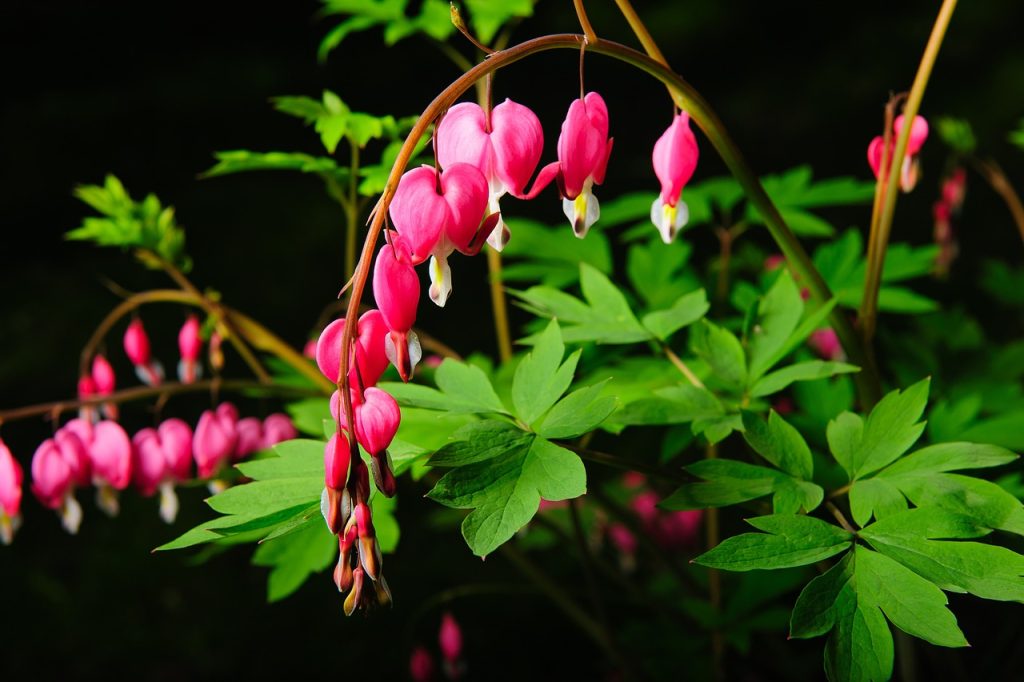
Dicentra, commonly referred to as bleeding heart, is a perennial that offers unique and beautiful heart-shaped flowers that dangle gracefully on arching stems. These flowers, in shades of pink or white, are a standout feature that can brighten up shaded areas of any garden.
Planting bleeding heart in May allows for strong establishment before their mid-spring to early summer bloom period. They prefer partial to full shade and indeed thrive in rich, well-drained soil. This beloved perennial not only provides a unique texture and color contrast but is also adored by woodland gardeners. After blooming, the foliage remains attractive through the season, making it an excellent choice for adding interest to shady spots.
Digitalis (Foxglove)
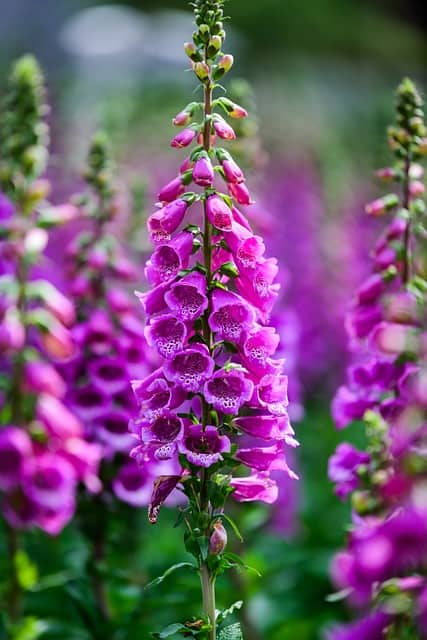
Digitalis, or foxglove, is renowned for its tall, striking spikes adorned with tubular flowers ranging from deep purples to soft pastels. Apart from their stunning beauty, foxgloves are also known for being favored by bees, making them a fantastic addition for pollinator gardens.
Planting foxglove in May allows them time to settle in before their impressive summer blooms. They prefer well-drained, moist soil in partial shade but thrive in sunny locations too. While they can be biennial, many varieties act as perennials and return season after season. Note, however, that all parts of the plant are toxic if ingested, so planting in areas where pets or curious children play may require careful consideration.
Epimedium (Barrenwort)
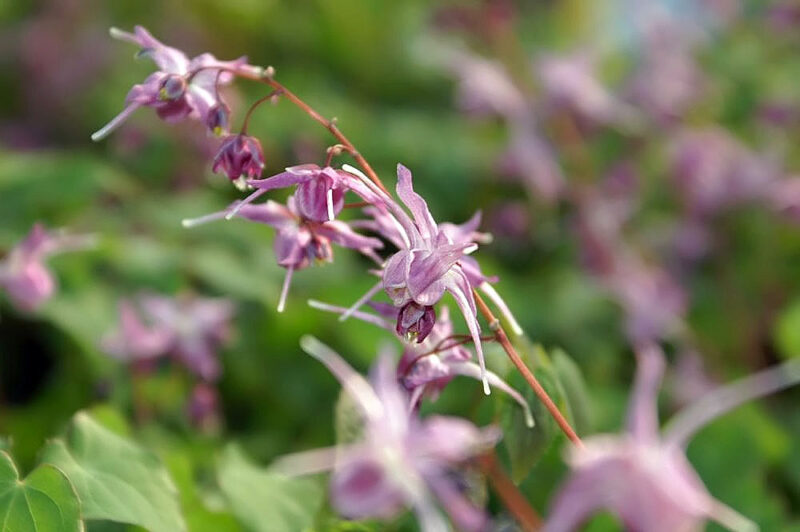
Epimedium, or barrenwort, is a delightful shade-loving perennial that is known for its heart-shaped leaves and delicate flowers. Typically seen blooming in spring, the various flower colors—including yellow, pink, and white—add charm to shaded areas.
May is an excellent time to plant barrenwort as it establishes quickly in moist, well-drained soil. While it flourishes in shade, epimedium is adaptable and can tolerate partial sunlight. Its evergreen foliage provides dense ground cover and is perfect for suppressing weeds in shaded gardens. Additionally, it is a low-maintenance perennial that attracts pollinators, enriching the biodiversity of your garden space.
Helleborus (Hellebore)
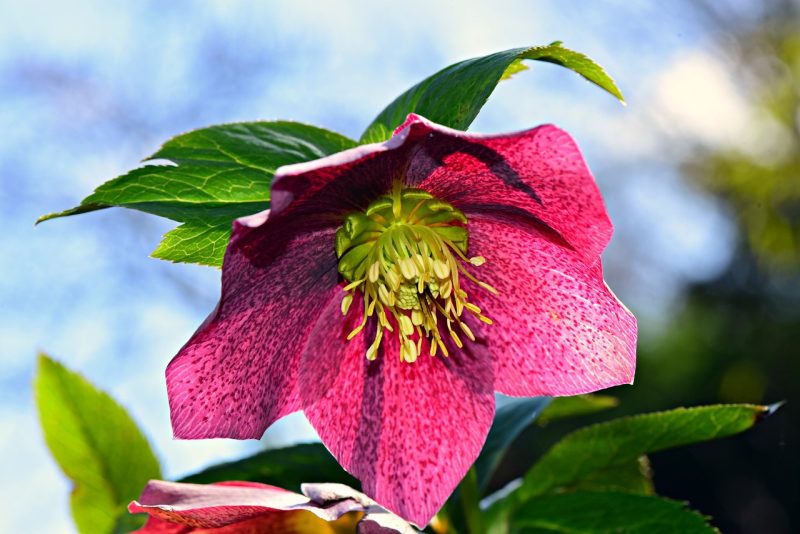
Hellebore is a favorite among gardeners for its ability to bring early color into the garden. Often referred to as the Christmas rose or Lenten rose, these perennials bloom in late winter to early spring, offering hues of green, purple, and pink when most other plants are still dormant.
Planting hellebores in May allows them to establish their roots well before the chilling frosts of winter return. They thrive in partial to full shade and prefer well-drained, rich soil. Beyond their stunning flowers, hellebores are also noted for their deer resistance, making them an excellent addition for gardeners in targeted wildlife areas. Their striking foliage remains attractive year-round, ensuring a continued visual appeal.
Heuchera (Coral Bells)
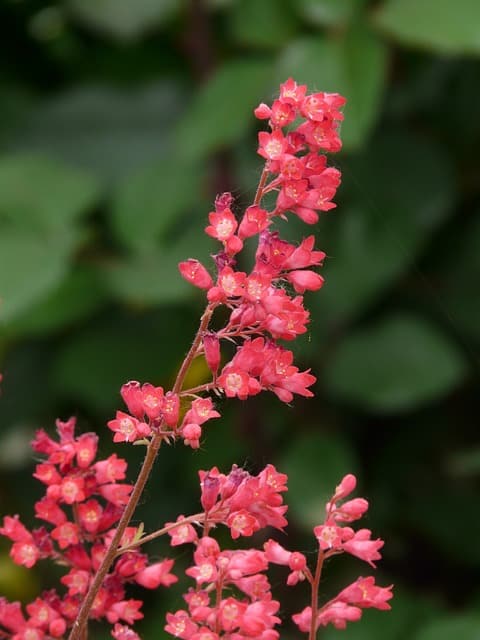
Heuchera, commonly known as coral bells, is a perennial celebrated for its vibrant foliage and delicate flower spikes. With a wide range of leaf colors—such as burgundy, gold, and variegated—coral bells can add a dynamic visual component to any garden design.
May offers an ideal planting window for heuchera, allowing it to establish roots in rich, well-drained soil, where it will thrive in partial to full shade. The airy flower spikes that emerge above the foliage provide nectar for pollinators, making it an excellent choice for wildlife gardens. Coral bells’ adaptability and long-lasting colors ensure a perennial display that will delight throughout the seasons.
Hosta (Plantain Lily)
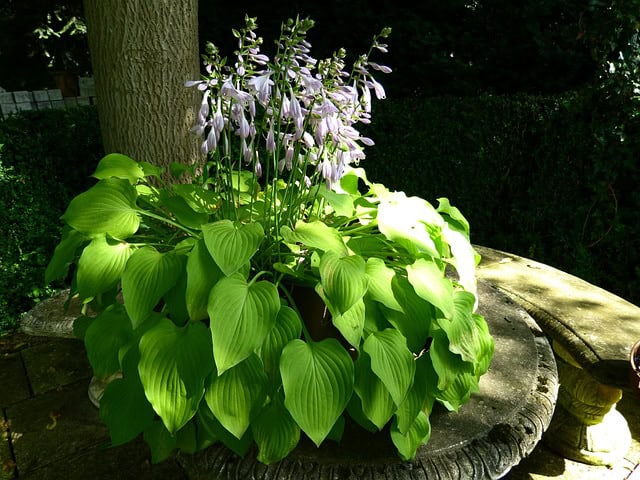
Hostas are known for their lush foliage and ability to thrive in areas with limited sunlight. With a wide variety of shapes, colors, and sizes, hostas can brighten shady spots in your garden while providing a lush, green backdrop throughout the growing season.
Planting hostas in May allows sufficient time for them to establish before the summer heat arrives. They prefer well-drained soil enriched with organic matter and are also drought-tolerant once established. Hostas bloom with tall spikes of lavender or white flowers in early summer, providing beautiful contrast to their foliage. Their broad leaves also create a beautiful textural effect in garden beds and are a favorite among gardeners for low-maintenance landscaping.
Ligularia (Leopard Plant)
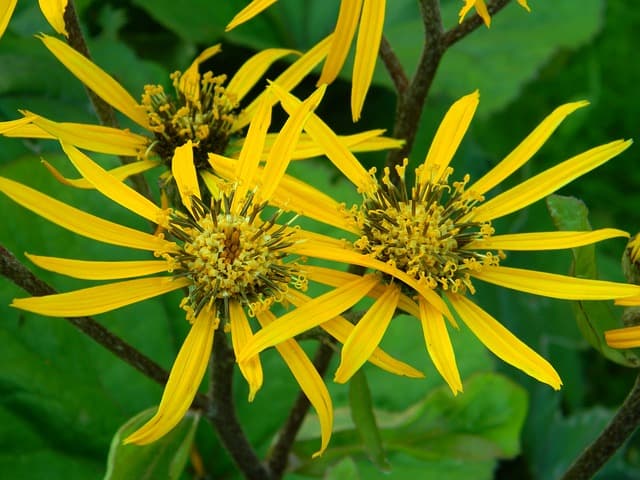
Ligularia, often referred to as leopard plant, is well known for its bold foliage and striking, tall flower spikes that produce vibrant yellow blooms. This shade-loving perennial thrives in a variety of soil types but flourishes in rich, moist environments, making it an excellent choice for woodland settings.
By planting ligularia in May, you allow it to settle in comfortably and produce its dramatic blooms later in the summer. Its large, heart-shaped leaves provide a bold architectural element to shade gardens and help suppress weeds. Ligularia’s eye-catching flowers are also a favorite among bees and butterflies, supporting pollinator populations while enriching your garden’s visual appeal.
Pulmonaria (Lungwort)
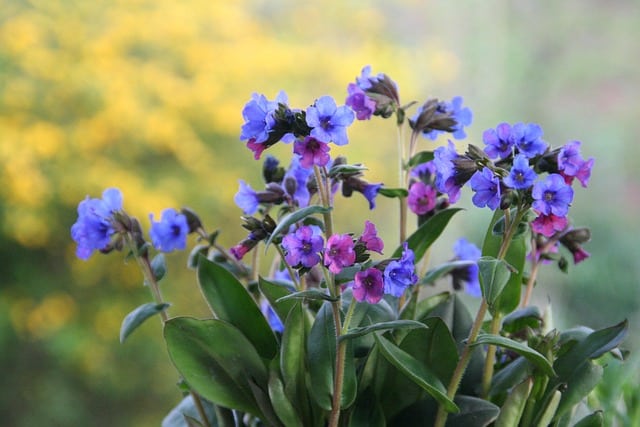
Pulmonaria, or lungwort, is a perennial that thrives in the shade, offering lovely foliage and delicate spring flowers in shades of blue, pink, and white. Its ability to be an early bloomer makes it a fantastic option for gardens that seek to provide color when few others are in bloom.
May is a great time to plant lungwort, allowing it to become established before the heat of summer. It prefers rich, well-drained soils and can tolerate a variety of environments. The spotted leaves and charming flower clusters not only attract pollinators but are also deer resistant. With its unique leaf patterns and pretty blossoms, lungwort is a beautiful addition to any shade garden or woodland setting.
Tiarella (Foam Flower)
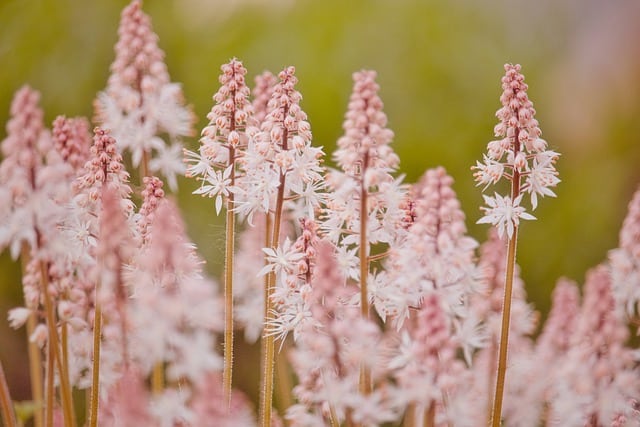
Tiarella, commonly known as foam flower, is a charming perennial that brings delicate, frothy blooms above its attractive foliage. This plant thrives in shady environments, making it a superb option for woodland gardens or shaded borders.
When planted in May, foam flowers will develop their beautiful clusters of small, white to pink flowers that appear in late spring to early summer. They prefer moist, well-drained soils and establish well in partial to full shade. The unique, lobed leaves create a visual base, adding texture and color throughout the growing season, while their blooming period supports pollinators seeking nectar.
Trillium
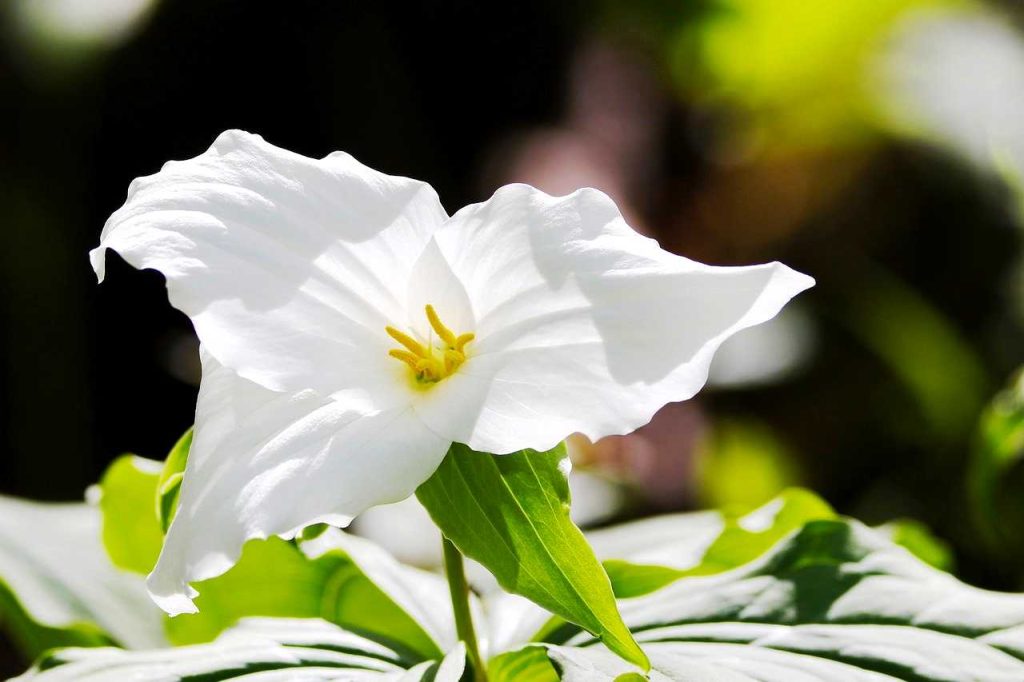
Trillium is a beloved woodland perennial known for its distinct three-petaled flowers that emerge in spring. These delicate flowers, often seen in shades of white, pink, and purple, epitomize the beauty of naturalized gardens and shaded areas.
Planting trillium in May allows time for the roots to settle in before they bloom in early spring. They prefer rich, moist, well-draining soils and thrive in shaded environments, making them perfect for under trees or alongside paths. Their subtle elegance and quiet beauty add a touch of wild charm to any garden setting. Trillium also plays an important role in supporting early-season pollinators, enriching the ecosystem of your garden.
Hydrangea macrophylla (Bigleaf Hydrangea)
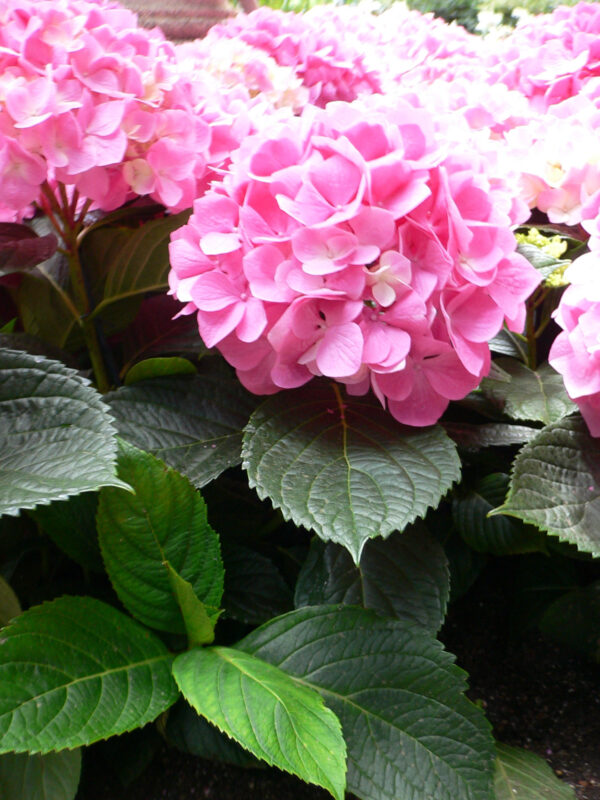
Hydrangea macrophylla, or bigleaf hydrangea, is a stunning perennial shrub that is prized for its large, beautiful blooms. Depending on soil pH, the flowers can change colors, with rich blues and soft pinks that offer various options for garden aesthetics.
Planting bigleaf hydrangeas in May offers the best chance for proper establishment, allowing them to thrive in rich, moist, well-drained soils. These hydrangeas prefer partial shade to full sun, making them versatile in various garden designs, from traditional to contemporary. Their long-lasting flowers provide gorgeous color throughout summer, making them a central focal point in both landscape and floral arrangements.
Tricyrtis (Toad Lily)
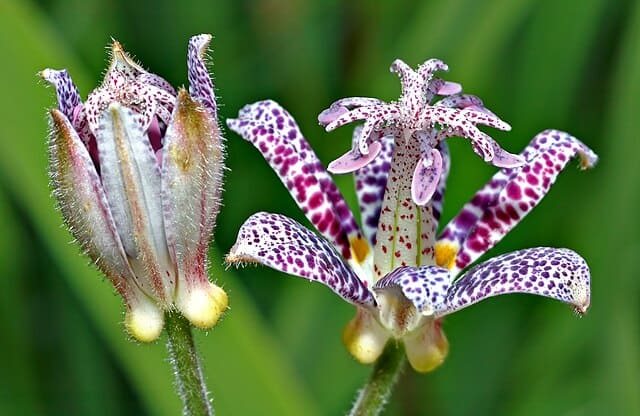
Tricyrtis, known as toad lily, is an enchanting perennial that often gets overlooked but deserves a place in any garden. With its unique, speckled flowers that bloom in late summer and fall, toad lilies add a touch of the exotic.
Planting toad lilies in May gives them a chance to develop strong roots before blooming in mid-summer. They thrive in moist, well-drained soils under partial to full shade and are excellent for woodland gardens. Beyond their striking appearance, toad lilies support a variety of pollinators, enhancing biodiversity in your garden. Their leaves also remain attractive throughout the season, ensuring continued interest in your landscape.
Viola (Violet)
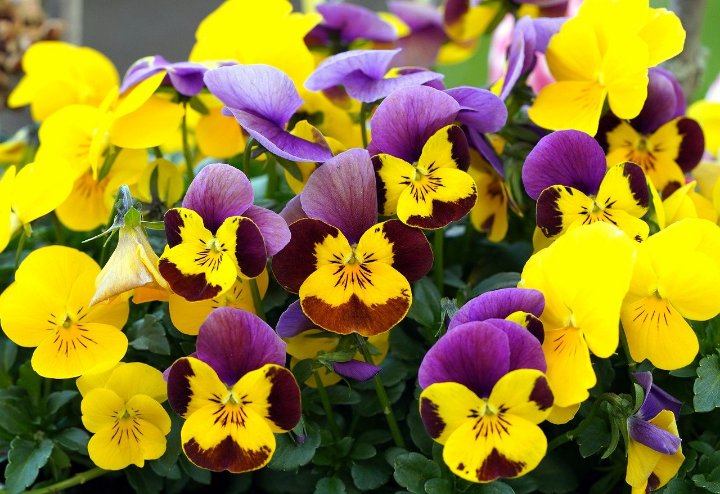
Viola, commonly known as violets, are delicate perennials that bring charm and color to gardens, especially in the spring. These small flowers often bloom in shades of purple, blue, yellow, or white and can be seen adorning lawns and shaded areas.
Planting violets in May allows them to spread and establish before their lovely blooms appear. They thrive in rich, well-drained soil and prefer partial to full shade, making them suitable for woodland gardens or low-traffic areas. Violets are not only beautiful and fragrant but also a favorite among early pollinators, such as bees. Moreover, they are often used as ground cover and can help suppress weeds, adding functionality alongside their beauty.





